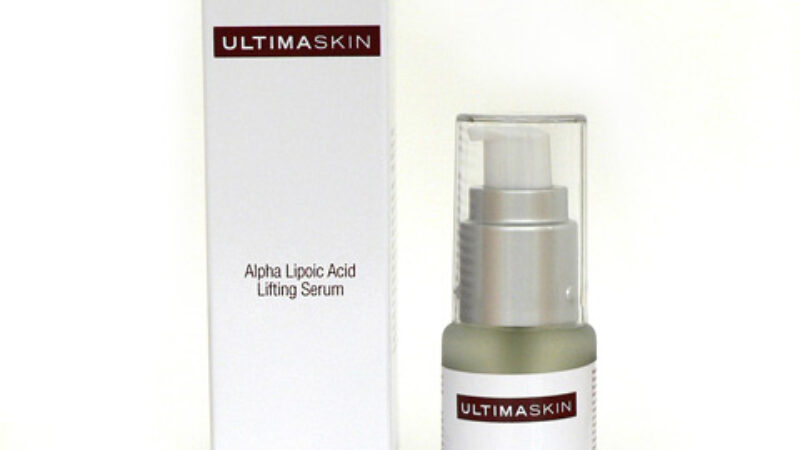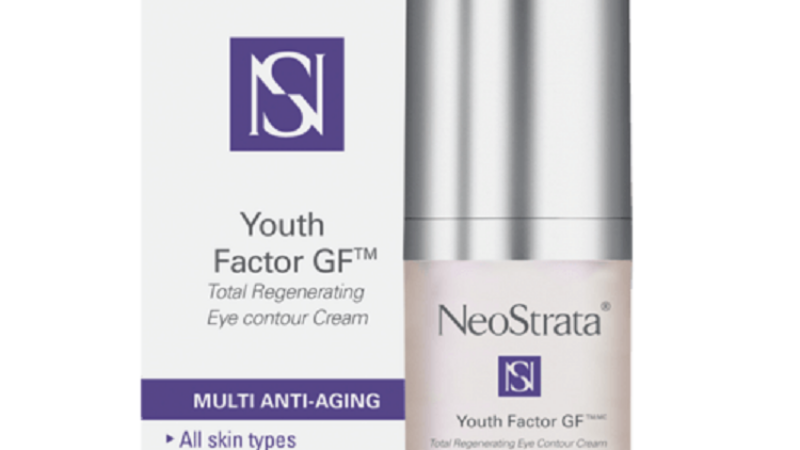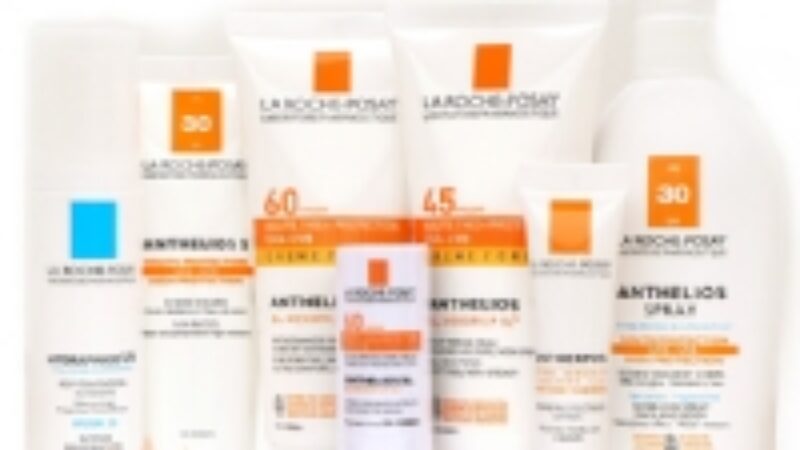If you have oily skin, you’ve probably dealt with acne at some point in your life. In fact, many people cope with periodic outbreaks well into adulthood. Several ingredients are used in the management of acne, including salicylic acid, benzoyl peroxide, tretinoin, and isotretinoin. Along with their benefits, each can come with some side effects. Depending upon your skin type and reactions to each, the topical formulation you use will vary. Over the past few years, another ingredient has attracted attention as a treatment for comedones: tea tree oil. It comes from the bark of the Melaleuca alternifolia, a tree native to Australia.
In today’s post, I’ll explain what tea tree oil does, why it is used to treat acne, and how it compares with other products. Finally, I’ll describe a few proven formulations that you can use to help get rid of blackheads and whiteheads.
Why It’s Used On Acne
Tea tree oil contains a hydrocarbon that is referred to as terpinen-4-ol. It is known to exhibit antifungal and antibacterial properties. Because many of the existing treatments can occasionally lead to adverse reactions, there is an ongoing effort to identify new ingredients that are well-tolerated by more people. Tea tree oil has been found to be effective in neutralizing the bacteria that is responsible for causing acne.
Tea Tree Oil Versus Benzoyl Peroxide
While studies have been conducted to validate the efficacy of tea tree oil as a topical treatment for acne, it has shown little advantage over benzoyl peroxide. One study involved a group of 119 patients who were treated with a 5% concentration of either tea tree oil or benzoyl peroxide. While those who received the tea tree oil showed a marked improvement in their skin, the results were not as significant as those found in the patients treated with benzoyl peroxide. Not only did the latter group experience a greater reduction in the number of inflamed open and closed comedones, their skin was less oily after treatment.
As a side note, even though topical application of tea tree oil was less effective than benzoyl peroxide, it resulted in fewer incidents of skin irritation (such as itching and dryness). This is not unexpected with a 5% concentration. For those with sensitive skin, a 2.5% concentration may be more appropriate. However, it may be difficult to find products containing these concentrations.
Topical Treatments For Acne
There are a number of formulations that you can use to reduce the appearance of acne and control outbreaks. Look for products that include:
- Salicylic acid – which works to exfoliate pores and reduce blemishes. Consider the La Roche Posay Effaclar line specifically designed to fight acne.
- Alpha hydroxy acids such as mandelic acid. Mandelic acid is naturally antibacterial and can also control oil production. As found in MaMa Lotion, this product also includes malic acid to provide greaseless hydration
- Cetaphil Acne Principles 3-Step Kit – This 3-in-1 kit includes 3 acne-fighting products. First, a gentle foam cleanser removes oil and dirt without drying your skin. Second, a gel with a 5% benzoyl peroxide concentration kills the bacteria that causes acne. Third, a lightweight, nourishing moisturizer designed for oily skin provides hydration.



